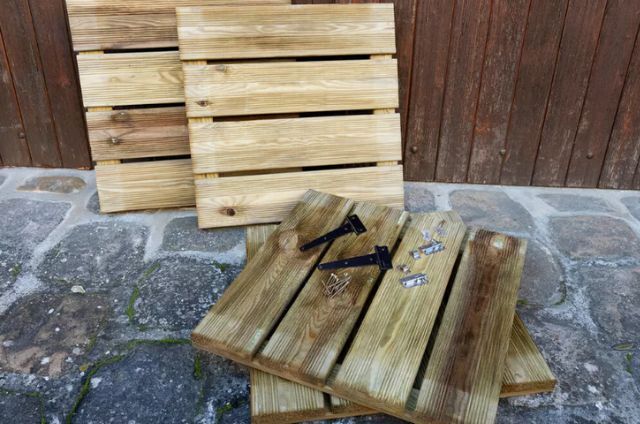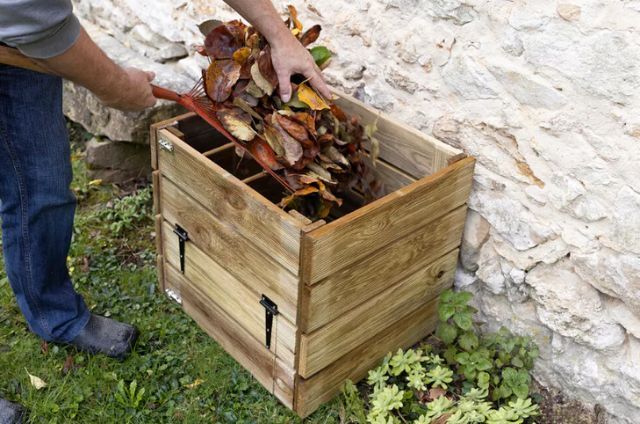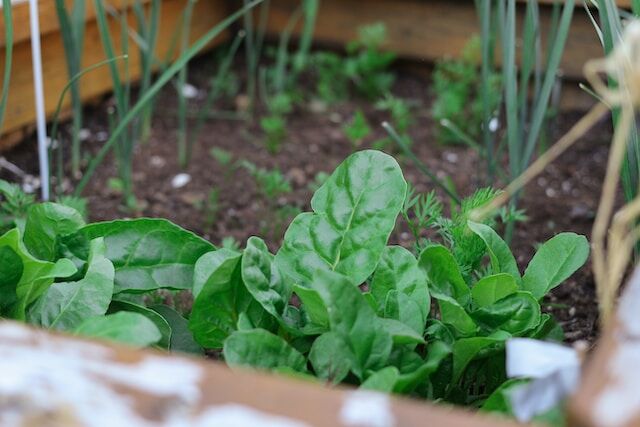
How to make a compost bin for your garden or allotment?
Wanting to get outside and make the most of your garden? Why not get creative? Making a compost bin that’s adapted to the size of your garden or allotment is super simple and inexpensive. Perfect for nourishing your plants, our quick and easy-to-make DIY creation will help you reduce your waste too!


What you need!
• 4 wooden pallets
• 1 handheld or electric screwdriver
• 1 saw
• 1 drill and 1 wood drill bit
• 2 hinges
• 2 small locks
• A handful of wood screws
• A few battens
Your step-by-step video guide
Here’s a quick video to show you how to build your very own compost bin. In short, there’s 3 simple and speedy mains steps to follow:
1. Using screws, assemble 4 wooden pallets together to form the body of your compost bin
2. Make the lower flap door which will give you easy access to your compost once decomposed
3. Apply the finishing touches to your DIY design!

Recycle your household waste
When you cook, make a conscious effort to save any natural waste for your compost bin. Here’s a few ideas of what to throw into your new creation:
• Fruit and vegetable peelings: rich in nitrogen, these contain water and are low in carbon – meaning they decompose quickly
• Egg shells
• Coffee grounds
• Tea bags or fresh tea leaves
It’s worth noting that for compost bins held on allotments, you should follow site rules about what you can and cannot put into your compost bin.
A few tips for first-class compost
Take extra care to avoid putting any plastic into your compost bin. You only want to use natural materials that will biodegrade. Ideally, you also want to break up your waste into fine debris before placing it in your bin, so that it decomposes quicker. It’s also important to frequently move around the contents of your compost bin with a shovel, so that everything inside is exposed to air. This will prevent unpleasant odours and stop things from rotting. Watering your compost heap is also a good trick in dry weather. You can even pour wine or beer into it to speed up the decomposition process (but don’t go overboard – too much will kill the bacteria that’s required to break down your compost pile).
What should you not put in compost?
Never add meat and fish scraps, dairy products, pet waste, diseased and insect-infested plants, or weeds that have developed seeds to your compost heap.


Where to put your compost bin?
All that’s left to do is to build your composter and place it in a sensible position in your garden. Choose a shaded and easy-access spot, and turn the soil with a rake before placing your bin on top of it – this should encourage the presence of micro-organisms that will accelerate the decomposition of your waste.
When finally putting to use your compost, always break it up with a shovel and mix it into the soil you’re adding it too. You never want to have a ratio of compost to soil that’s more than 50/50. Pure compost can otherwise burn the roots of your plants…
You’re all set!
So, there you have it! With our step-by-step guide, get going on your simple DIY project today and enjoy quality compost for your garden! And, if you’re a bit of a green thumb who loves craft activities and building things, why not follow our guidance on How to Make a DIY Herb Planter too?